What do you think?
Rate this book
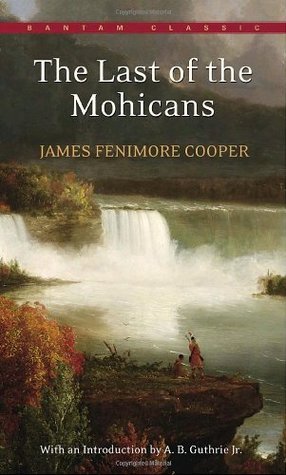

410 pages, Paperback
First published February 1, 1826
'Here is some confusion in names between us, le Renard,' said Duncan, hoping to provoke a discussion. 'Daim is the French for deer, and cerf for stag; elan is the true term, when one would speak of an elk.'

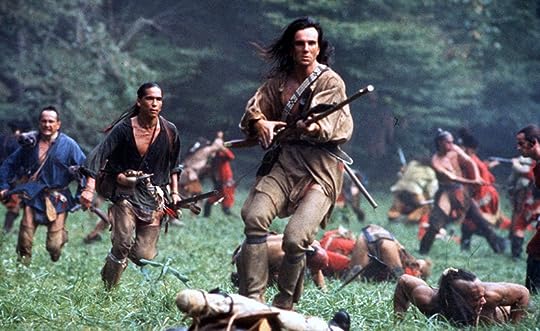

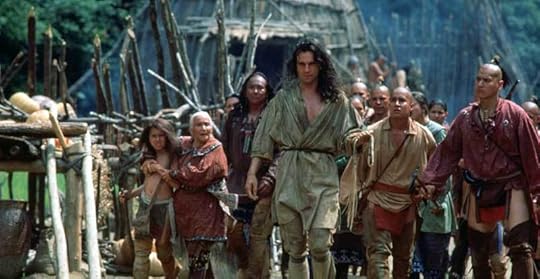

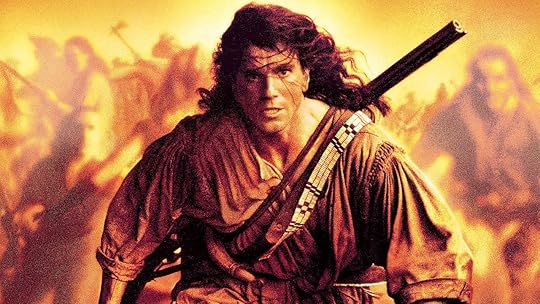



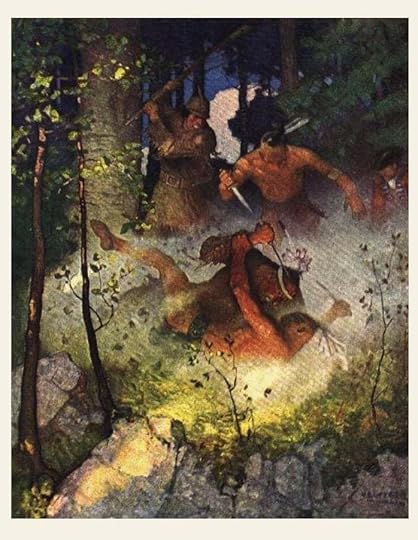

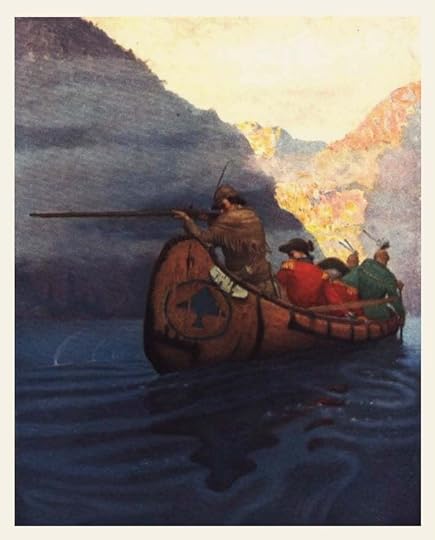
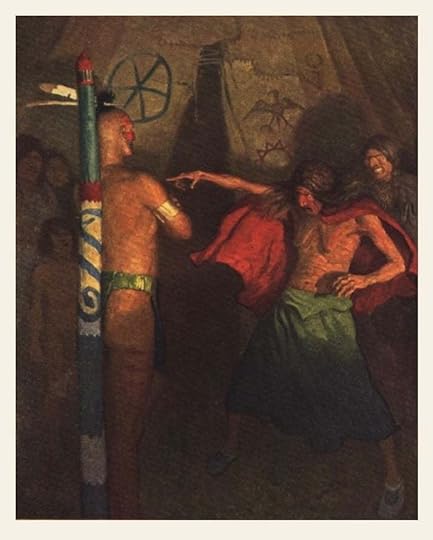



“Say to these kind and gentle females, that a heartbroken and failing man returns them his thanks. Tell him, that the Being we all worship, under different names, will be mindful of their charity; and that the time shall not be distant when we may assemble around his throne without distinction of sex, or rank, or color.” The scout listened to the tremulous voice… “To tell them this,” he said, “would be to tell them that the snows come not in winter, or the sun shines fiercest when the trees are stripped of their leaves.” (360-61)From Hawkeye’s point of view, even in heaven there is apartheid, which means there is no way that the lovers will ever be happy together in heaven or on earth. This again is where the racism of Cooper’s time comes seeping through the pages of the novel. Mixed race relationships were greatly frowned upon, even considered illegal in that time.
“The pale-faces are the masters of the earth, and the time of the redmen has not yet come again. My day has been too long. In the morning I saw the sons of Unamis happy and strong; and yet, before the night has come, have I lived to see the last warrior of the wise race of the Mohicans” (363-64).In the end the Native Americans left decide that it is time to move on, it is the white man’s turn to thrive. This is the solution Cooper paints to the Native American removal and shows his support to the cause. They should want to leave. They no longer have a key influence to the making of the world. The Native American tribes should just move on and do what the white man says for they no longer have a place in history.
Alice listened with breathless interest; and though the young man touched lightly on the sorrows of the stricken father, taking care, however, not to wound the self-love of his auditor, the tears ran as freely down the cheeks of the daughter as though she had never wept before. The soothing tenderness of Duncan, however, soon quieted the first burst of her emotions, and she then heard him to the close with undivided attention, if not with composure.